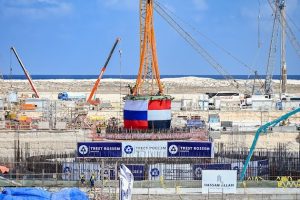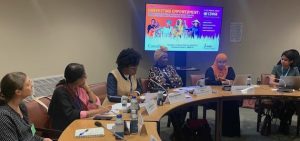TYSONS CORNER, Va. and PETAH TIKVA, Israel, March 21, 2024 (GLOBE NEWSWIRE) — Cellebrite DI Ltd. (Nasdaq: CLBT), a leader in premier Digital Investigative solutions for the public and private sectors, today announced that the Company has filed its Annual Report on Form 20–F for the year ended December 31, 2023, with the U.S. Securities and Exchange Commission (the “SEC”).
Cellebrite’s 2023 Annual Report on Form 20–F is available on the investor relations section of its website at https://investors.cellebrite.com/financial–information/sec–filings and on the SEC’s website at www.sec.gov. Shareholders may request a hard copy of the 2023 Annual Report on Form 20–F, free of charge, by contacting the Company at investors@cellebrite.com.
About Cellebrite
Cellebrite’s (Nasdaq: CLBT) mission is to enable its customers to protect and save lives, accelerate justice and preserve privacy in communities around the world. We are a global leader in Digital Investigative solutions for the public and private sectors, empowering organizations in mastering the complexities of legally sanctioned digital investigations by streamlining intelligence processes. Trusted by thousands of leading agencies and companies worldwide, Cellebrite’s Digital Investigation platform and solutions transform how customers collect, review, analyze and manage data in legally sanctioned investigations. To learn more visit us at www.cellebrite.com, https://investors.cellebrite.com, or follow us on Twitter at @Cellebrite.
References to Websites and Social Media Platforms
References to information included on, or accessible through, websites and social media platforms do not constitute incorporation by reference of the information contained at or available through such websites or social media platforms, and you should not consider such information to be part of this press release.
Investor Relations
Andrew Kramer
Vice President, Investor Relations
investors@cellebrite.com
+1 973.206.7760
Media
Victor Cooper
Sr. Director of Corporate Communications + Content Operations
Victor.cooper@cellebrite.com
+1 404.804.5910

GLOBENEWSWIRE (Distribution ID 9066838)



